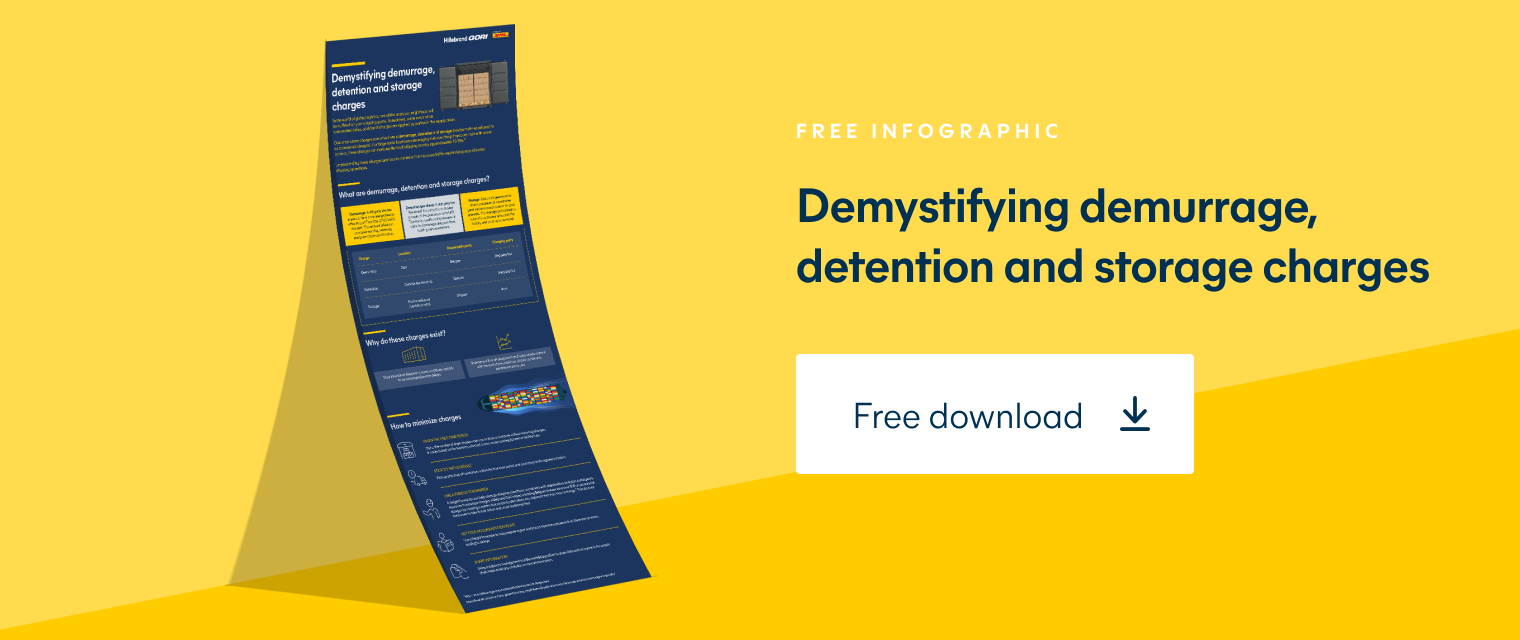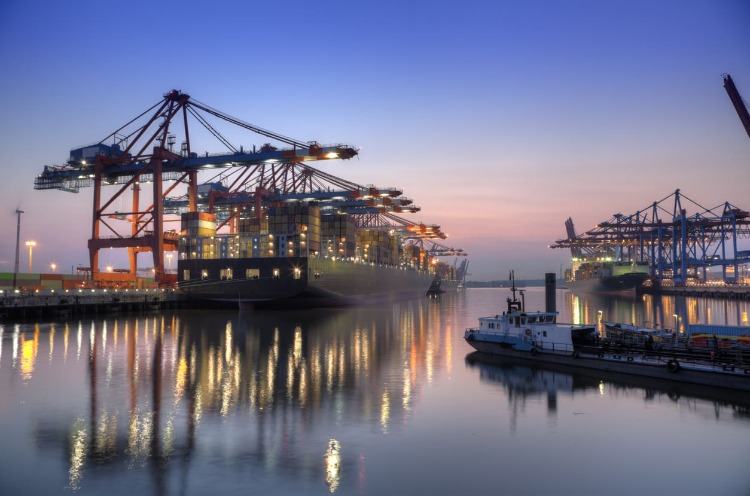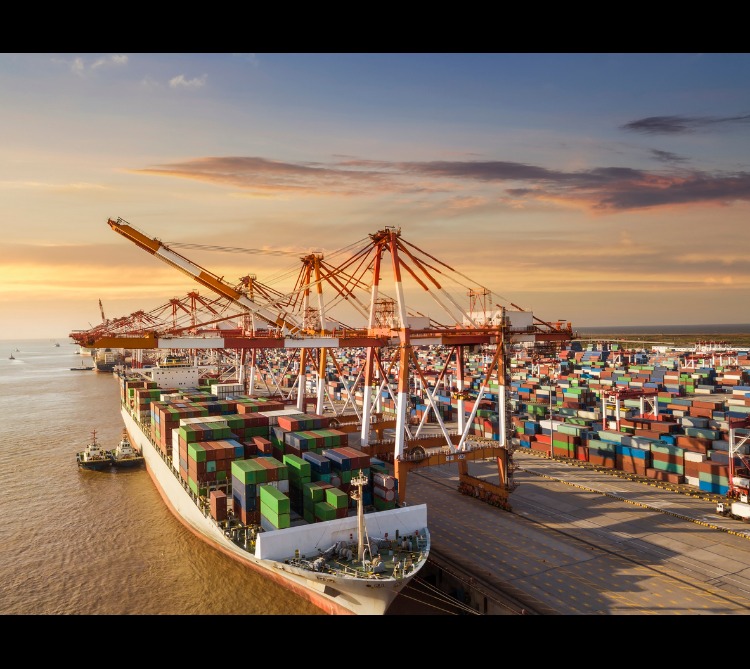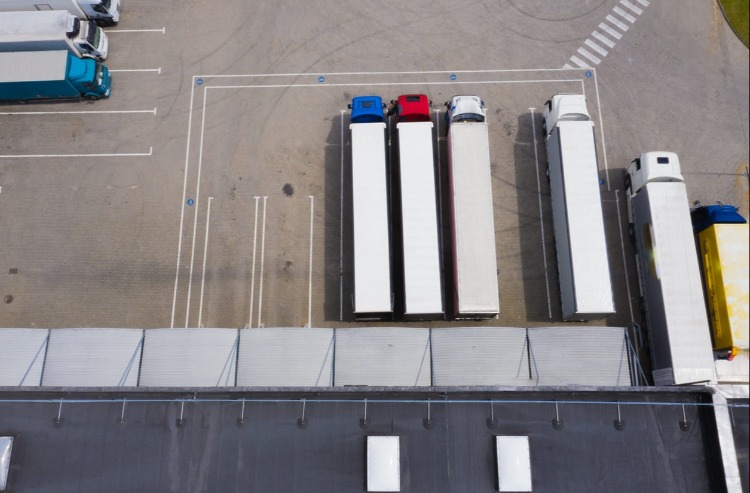How to get the best shipping rates for wine shipments?
Shipping rates can be calculated based on several factors, including the shipment route, mode of transport and container type.
Shipping rates can also vary depending on the type of service (FCL or LCL) and any additional services required (such as customs clearance and insurance). It’s important to take into account included services, transit time, and reliability when choosing a shipping rate and service provider.
How are wine, beer and spirits shipping rates calculated?
The cost of shipping is determined by factors such as the quantity or volume being shipped, the transport mode, route and inclusions within the quote provider's rate. Shipping rate quotes for wine, beer, and spirits are calculated based on various factors, including:
Container or pallet quantity
Shipping route
If insurance is included, and to what value
Inclusion of added value services like cross docking
So, each logistics provider that offers you a shipping rate may calculate is slightly differently. Always try to compare each shipping rate by how it is calculated, and not just the total price you are given. You wouldn’t want to pick the cheapest rate, only to find out customs clearance is not included, or the transit time is 100 days!
Alcoholic beverage taxes
On top of the transport cost, alcoholic beverages may be subject to taxes and duties on import. These charges are typically based on the type of alcohol and its alcohol by volume (ABV).
For example, in the United Kingdom, rates of duty for wine, beer, cider and spirits are provided by HM Revenue & Customs. In this case, the duty is calculated by multiplying the number of liters of pure alcohol in the product by the corresponding duty rate. The rates of duty vary depending on the type of alcohol and its ABV.
What factors do I need to consider in my shipping rates?
Taking the time to find out what’s included in your shipping rate is important. Additional services, such as insurance, tracking, and customs clearance, can be invaluable in helping your shipment proceed smoothly, but they’re not always included in a standard shipping rate. It’s a good idea to check if the following items are included in the rate:
The type of container
There are different kinds of containers available, and not all of them are ideally suited to transporting every kind of wine or other alcoholic beverage.
Cargo Insurance
International transportation carries some amount of risk, such as breakages, theft, and loss, but having the correct insurance in place can help mitigate these risks. Check to see the details on carrier liability and cargo insurance provided with your shipping rate.
Relying on a carrier liability only policy doesn’t cover all eventualities. A carrier liability policy is not full cargo insurance. For sea freight, it is limited to just $3 per kilogram. Cargo Insurance, however, is a broader form of protection that can be bought from a freight forwarder, such as Hillebrand Gori. Our insurance will protect your wine and other alcoholic beverages from damages or losses, including:
Acts of God
Civil commotion, riots, or strikes
Collision
Contamination
Damage resulting from natural disasters
Debris removal
Fire
General Average costs
Rough weather
Theft
Thermal shocks (when adequately shipped with a Hillebrand Gori insulation liner or reefer container)
Wine spoilage
You can find out more about our insurance policy here.
Insulation liner
Technical solutions such as insulation liners may be included in your shipping quote, but it might be an optional extra. They are particularly important for wine and beer shipments, which are susceptible to damage from extreme temperatures and humidity. Containers insulated with a Hillebrand Gori insulation liner prevents the temperature within the container from rising more than 11°C above the loading temperature. Thermal shock can occur due to weather conditions, latitude changes or day-to-night temperature variation. Our insulation liners also include a breathable membrane that keeps humidity at around 70%, protecting against condensation.
Customs clearance
Customs services is another item to look out for in your shipping rate breakdown. Customs clearance is the authorization required for all goods, like wines, to enter or leave a country. Our customs clearance service means that Hillebrand Gori will act as your customs broker and arrange for your shipment to be customs cleared. This includes ensuring your documentation is correct before your paperwork is submitted and the shipment arrives.
Tracking
Tracking can help you to manage your shipment and spot any problems before they arise. It is usually included as part of the shipping rate providers service but you should double check. Tracking your Hillebrand Gori shipment through myHillebrandGori is easy and can allow you to receive automated updates every time a shipment hits an important milestone. Read more about our shipment management tool.
How do I transport my wine with the cheapest shipping rate?
Getting the cheapest shipping rate can be achieved by comparing your quotes carefully and choosing wisely. Remember, a cheap shipping rate is not always an inclusive rate. Try to think about:
The quantity of pallets you are transporting
The origin and destination
The modes available for this journey
The container type you need
Any supply chain extras like insurance, insulation liners, warehousing.
There are several ways to transport your wine, such as by:
Road
Road freight means moving wine by van or truck, and almost all wine shipments will travel by road on some part of its journey. It is particularly useful for the beginning and end of journeys, where other forms of transport can’t reach, and it is often the easiest and fastest way to ship domestically. However, road freight isn’t the most cost-effective or environmentally friendly method over very long distances.
Rail
Rail freight is an alternative to road freight, with comparatively longer transit times but usually a much cheaper shipping rate. Rail freight has the benefit of being extremely reliable, with fewer delays compared to other transport modes, and is more eco-friendly.
Sea
Much like road freight, most international transport journeys will include sea freight somewhere along the route. Sea freight is generally the cheapest transport option, and its carbon emissions are lower than air and road freight. However, sea freight journeys are generally slower than other modes.
Air
Air freight is the fastest shipping method, but it also attracts the highest shipping rates. This means it is best suited to shipments that need to reach their destination within a few hours or days at most.
Calculate your shipping rate with simple online tools
Getting an accurate shipping rate quote is vital for managing your budget, and therefore your business. To get an accurate shipping rate for your wine, beer, and spirits, ask your local Hillebrand Gori office or request a clear, detailed shipping rate quote from Hillebrand Gori online.
Published 31st October 2023
Your carrier will provide a quote based on the mode of transport and type of container required, as well as the route, type of cargo and any other additional services. Be sure to be specific in what you need, or ask what is available based on your shipment needs.
In the wine industry, shipping rates are what a freight forwarder charges the freight payer to handle the transport of their beverage shipment from origin to destination, according to the agreed Incoterm.
In the beverage industry, logistics companies who specialize in this product will not price you per kg. It will be by container or pallet. Sometimes by case.





